Did you know that the plumbing industry is undergoing one of its most significant transformations in decades? As emerging renewable technologies and smart plumbing solutions reshape how we heat and manage water, businesses must pivot quickly to stay relevant. In this comprehensive exploration, we dive deep into plumbing industry trends that are redefining the landscape and discover how plumbing businesses like Edward Serrell Plumbing and Heating Ltd are preparing for the future.
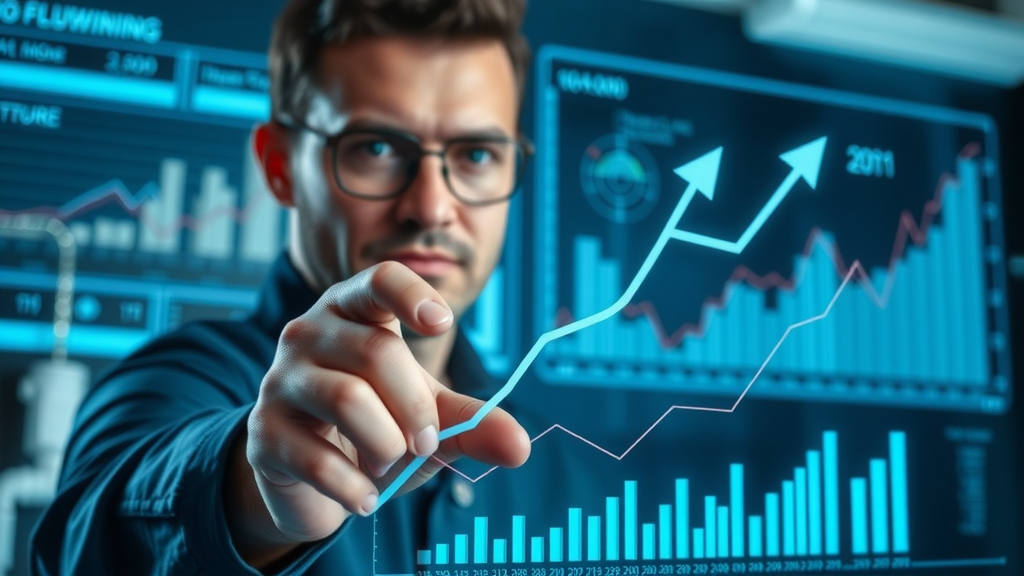
Introduction: The Urgency of Embracing Plumbing Industry Trends
The plumbing industry trends today extend far beyond fixing leaks and installing pipes. With advances in renewable heating systems, smart home plumbing, and evolving customer expectations, there is a pressing need for plumbers and businesses to evolve. Ed Serrell , from Edward Serrell Plumbing and Heating Ltd, emphasizes this urgency: “The plumbing industry is evolving rapidly, especially with the rise of renewable heating and smart plumbing technologies. Staying ahead means adapting quickly to these changes.” Embracing these trends is no longer optional but essential for future-proofing plumbing businesses.
What You'll Learn:
Key current trends in the plumbing industry including smart technologies and renewable heating.
Challenges such as labor shortages and skills gaps faced by plumbing companies.
Strategies businesses use to prepare and differentiate themselves in a competitive market.
How sustainability and water conservation technologies are influencing plumbing practices.
Practical tips and expert advice from Ed Serrell to help your business thrive.
Overview of Current Plumbing Industry Trends
The plumbing industry trends are multifaceted, shaped by technological innovation and a growing demand for sustainable solutions. From the widespread adoption of smart plumbing fixtures that optimize water usage to the increasing popularity of tankless and energy-efficient water heaters, the landscape is shifting dramatically. Ed Serrell highlights that staying current with these trends is critical: “The plumbing industry is evolving rapidly, especially with the rise of renewable heating and smart plumbing technologies. Staying ahead means adapting quickly to these changes.”
The Rise of Smart Plumbing and Smart Toilets
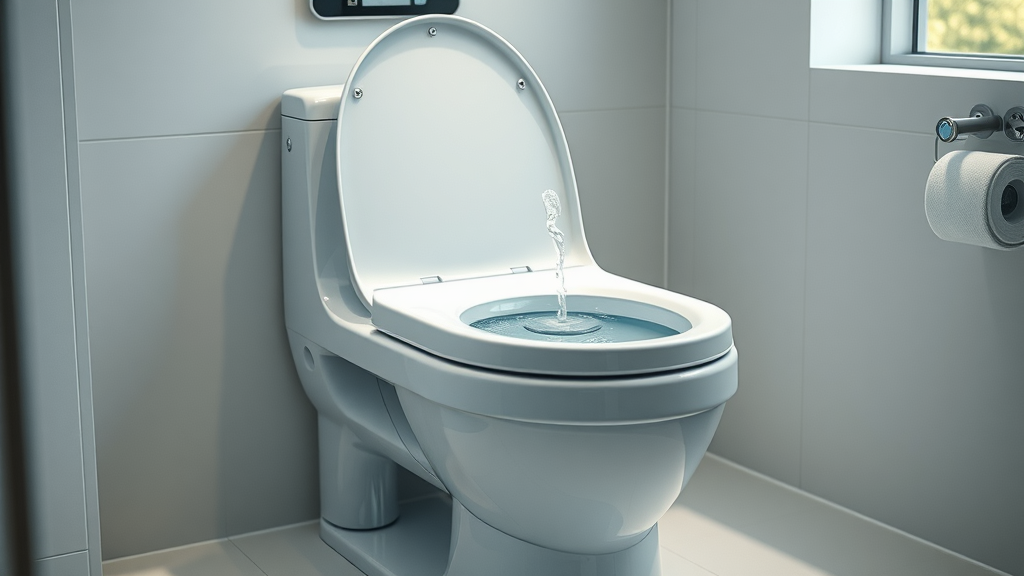
Smart plumbing devices, especially smart toilets, are becoming a key aspect of modern plumbing solutions. These toilets feature advanced sensors for water efficiency, self-cleaning capabilities, and health monitoring. The integration of IoT (Internet of Things) technology allows homeowners to optimize water use effortlessly and detect issues before they escalate. This trend underscores the growing consumer desire for convenience, sustainability, and integration of technology within the home ecosystem.
As smart plumbing and water-saving solutions become more prevalent, homeowners and businesses alike are seeking actionable ways to reduce water usage. For practical strategies you can implement right away, explore these water conservation techniques every home should use to complement the latest industry innovations.
Emerging Water Heater Technologies: Tankless and Energy-Efficient Systems
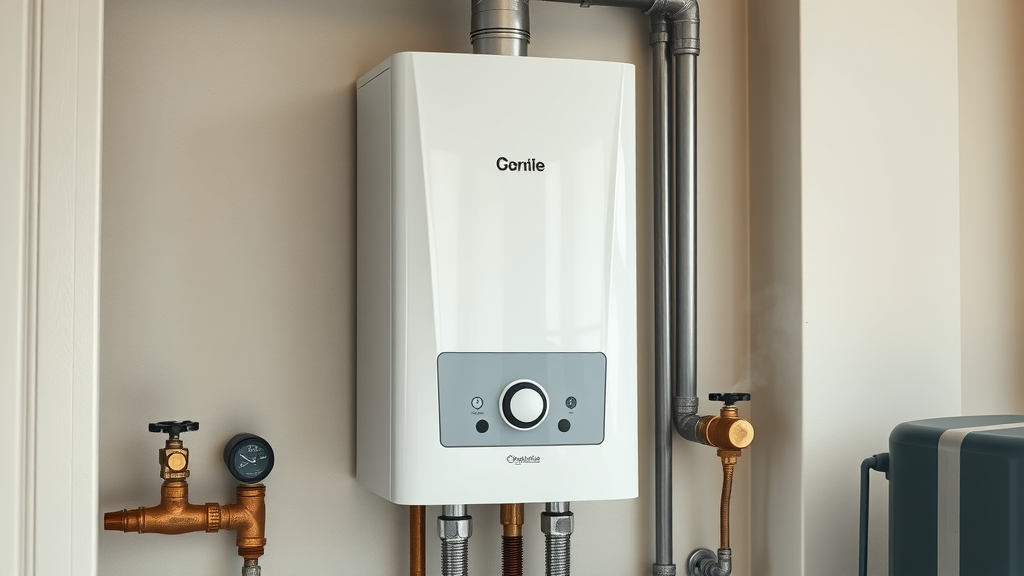
Tanking traditional water heaters is increasingly going out of style as the market embraces tankless and energy-efficient water heaters. These systems offer on-demand hot water supply without the standby energy loss typical of conventional tanks, leading to lower utility bills and a smaller carbon footprint. Residential and commercial properties alike are adopting these devices, accelerating the transition to greener plumbing solutions.
Challenges Facing the Plumbing Industry: Skilled Labor and Labor Shortage
While plumbing technologies surge forward, the industry grapples with persistent challenges, foremost among them being the shortage of skilled labor. The demand for technicians knowledgeable in new systems like heat pumps and renewable tech is growing, yet the workforce has not expanded proportionally. This skills gap jeopardizes timely service delivery and innovation adoption.
Edward Serrell shares, "Finding and retaining skilled labour is one of the biggest challenges in the plumbing industry today. We focus on training and supporting our team to ensure consistent, high-quality service."
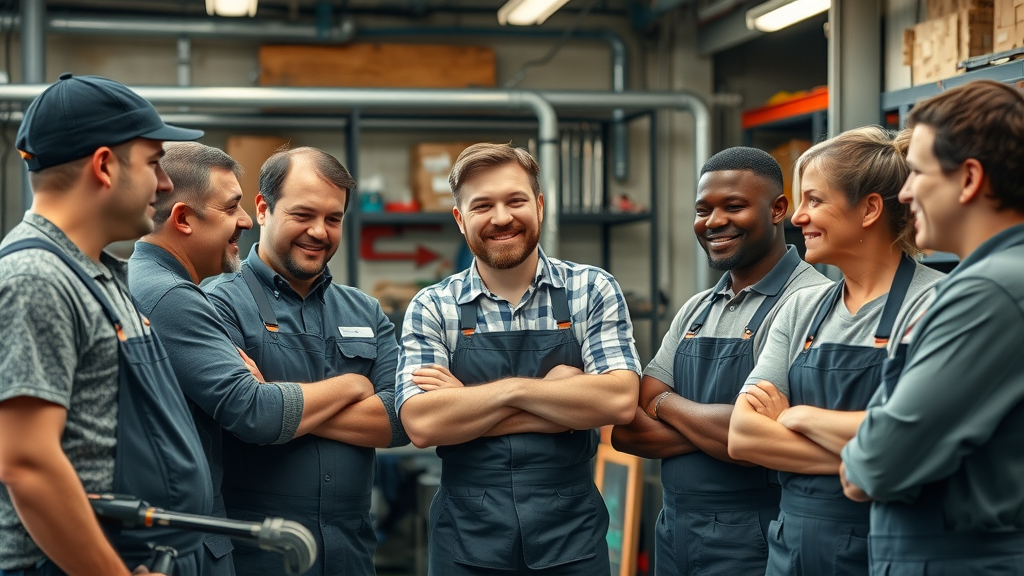
This shortage emphasizes the importance of investing in training and retention. Plumbing companies need robust apprenticeship programs and continual professional development to build a workforce capable of handling advanced plumbing technologies.
How Plumbing Businesses Are Preparing for Future Industry Trends
Successful plumbing businesses take proactive steps to adapt to emerging technologies and customer expectations. These measures focus heavily on training and leveraging digital tools to remain competitive and efficient.
Investing in Training for Renewable Technologies and Heat Pumps
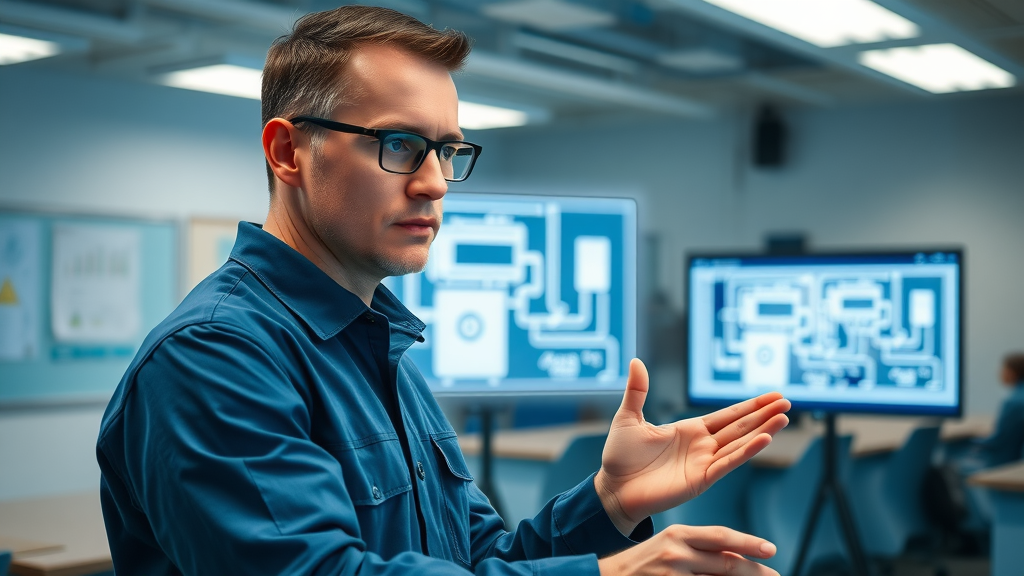
Edward Serrell Plumbing and Heating Ltd exemplifies a firm committed to skill enhancement, especially in renewable systems such as air source heat pumps. Training engineers in these technologies ensures the business can meet market demand as gas boilers phase out. As Ed notes, proficiency with renewable technologies is becoming indispensable: “There will definitely be a crossover that probably that might be. You have to be in the next five years.”
Leveraging Technology for Efficient Plumbing Services

Technology adoption in service delivery—from scheduling to diagnostics—is another pivotal trend. Digital apps enable plumbers to manage jobs in real time, improve communication, and increase transparency with clients. These tools also underpin agile business operations, a necessity for managing reactive and planned work efficiently. Plumbing businesses that integrate such technologies gain a competitive edge in customer service and operational productivity.
Business Differentiators in a Competitive Plumbing Industry
With numerous players in the market, differentiating a plumbing business requires more than competitive pricing. Edward Serrell emphasizes value-centered traits like transparency and responsiveness as key differentiators. “We’re not the cheapest, but we offer value through transparency and quick response times, especially for emergency plumbing needs,” he shares.
Balancing Commercial and Domestic Plumbing Services

The company’s dual focus on commercial and domestic services allows for portfolio diversification, balancing planned commercial contracts with high-demand domestic emergency work. Commercial projects often require tendering but can yield higher profitability, while domestic jobs foster repeat business and local reputation. This strategic balance enhances resilience amid market fluctuations.
Sustainability and Environmental Concerns in Plumbing Industry Trends
The plumbing industry's future is inseparable from environmental sustainability. Incorporating water conservation and recycling technologies is not only socially responsible but increasingly demanded by regulators and consumers alike.
Incorporating Water Conservation Technologies
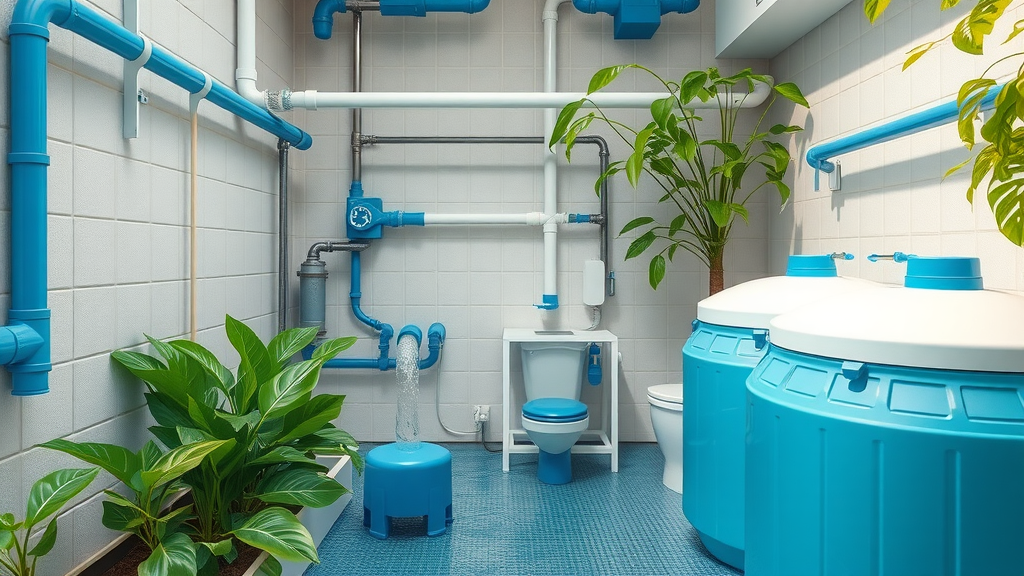
Systems like greywater recycling and low-flow fixtures help reduce water consumption and utility costs. Ed Serrell Plumbing and Heating Ltd is aligning its services to include these eco-friendly solutions, reflecting a commitment to environmental stewardship that also meets customer expectations for responsible water use.
Comparison of Traditional vs. Emerging Plumbing Technologies: Features, Costs, and Benefits
Technology Type |
Features |
Initial Cost |
Benefits |
|---|---|---|---|
Traditional Plumbing |
Conventional gas boilers, water tanks, manual fixtures |
Lower upfront |
Proven, wide availability of parts and service technicians |
Emerging Technologies |
Smart plumbing, tankless water heaters, air source heat pumps, water recycling systems |
Higher upfront |
Energy efficiency, reduced environmental impact, long-term cost savings, enhanced user comfort |
Key Takeaways: Preparing Your Plumbing Business for the Future
Stay informed and adapt quickly to emerging plumbing industry trends like smart plumbing and renewable heating solutions.
Invest significantly in training skilled labor to handle advanced technologies, such as heat pumps and green systems.
Leverage digital technology to streamline operations and enhance customer interactions.
Maintain transparency and responsiveness to build trust and differentiate your business in a crowded market.
Adopt sustainable and water conservation technologies to align with environmental priorities.

People Also Ask (FAQs) About Plumbing Industry Trends
Is plumbing growing or declining?
The plumbing industry is growing, driven by rising demand for renewable heating technologies and smart plumbing solutions. Aging infrastructure replacement and new construction also fuel this growth.

What is the plumbing industry forecast?
Industry forecasts predict continued growth, especially in green plumbing and technology integration sectors. Regulatory pressure to phase out fossil fuel systems supports this trend.
What is the future outlook for plumbing?
The future outlook is bright for plumbing professionals willing to embrace continuous learning and new technologies such as heat pumps, water recycling, and smart home integrations.
What is the plumbing outlook for 2025?
By 2025, the plumbing industry is expected to see widespread adoption of renewable heating systems, increased demand for energy-efficient appliances, and greater use of digital service tools, reshaping business operations.
Conclusion: Embracing Change to Thrive in the Plumbing Industry
Edward Serrell concludes, "The key to thriving in the plumbing industry is to keep learning, stay flexible, and never lose sight of the value we bring to our customers."
As plumbing industry trends evolve rapidly, companies that embrace innovation, invest in their workforce, and uphold transparent, customer-centred values are positioned to lead. The future belongs to those who can adapt effectively to the green and digital transformations happening today.
Call to Action
If you are a plumbing business owner or professional, start preparing now by embracing these industry trends. Invest in training, explore renewable technology certifications, and integrate smart service tools to secure your place in the future plumbing market. Contact Edward Serrell Plumbing and Heating Ltd for expert consultation on adapting your business to these exciting industry changes.
Looking to take your understanding of the industry even further? Discover how a holistic approach to plumbing and heating services can set your business apart and help you navigate the evolving landscape with confidence. For a comprehensive overview of essential offerings and advanced solutions available in the Chesterfield area, visit The Essential Guide to Plumbing & Heating Services around Chesterfield . This resource is packed with insights to help you make informed decisions and stay ahead in a competitive market.
The plumbing industry is rapidly evolving, with significant trends shaping its future. To stay informed and competitive, it’s essential to understand these developments.
One notable trend is the integration of smart technology into plumbing systems. According to Accio’s article, “Plumbing Market Trends 2025: Smart Tech & Sustainability Insights,” the global smart bathroom market is projected to grow at an 8.1% CAGR, reaching $5.26 billion by 2025, with North America accounting for 47.9% of the revenue. This growth is driven by the adoption of smart toilets, leak detection systems, and touchless fixtures. Plumbers are increasingly integrating IoT-enabled devices for real-time monitoring and predictive maintenance, enhancing efficiency and customer satisfaction. ( accio.com )
Another significant trend is the focus on sustainability and water efficiency. The same article highlights that installing high-efficiency toilets has saved 757 billion gallons of water in the U.S., with a 7.9% CAGR projected for the plumbing fixtures market, reaching $156.39 billion by 2029. This underscores the growing demand for eco-friendly plumbing solutions. ( accio.com )
Understanding these trends is crucial for plumbing professionals aiming to adapt and thrive in a rapidly changing industry landscape.
 Add Row
Add Row  Add
Add 






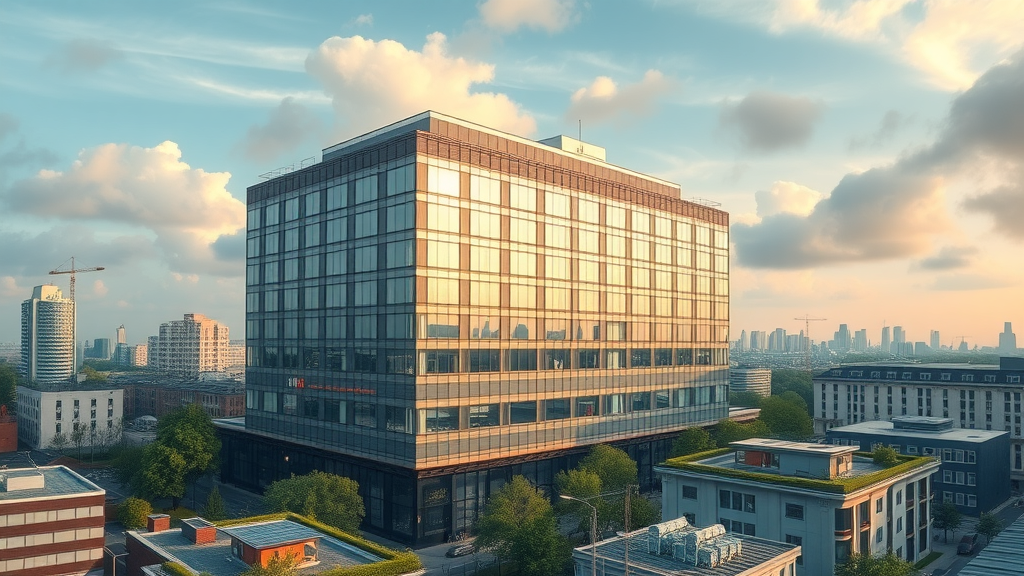


Write A Comment